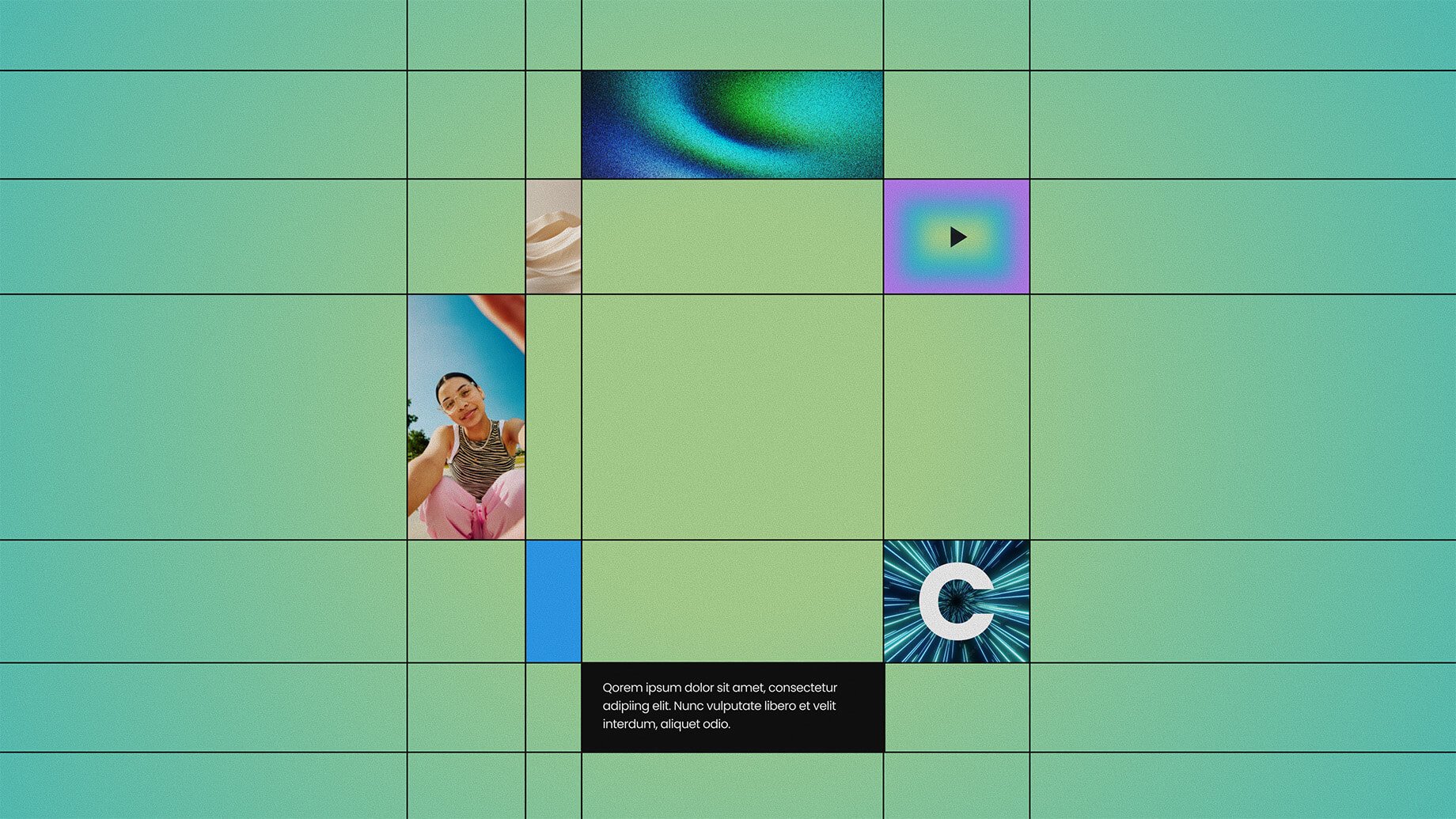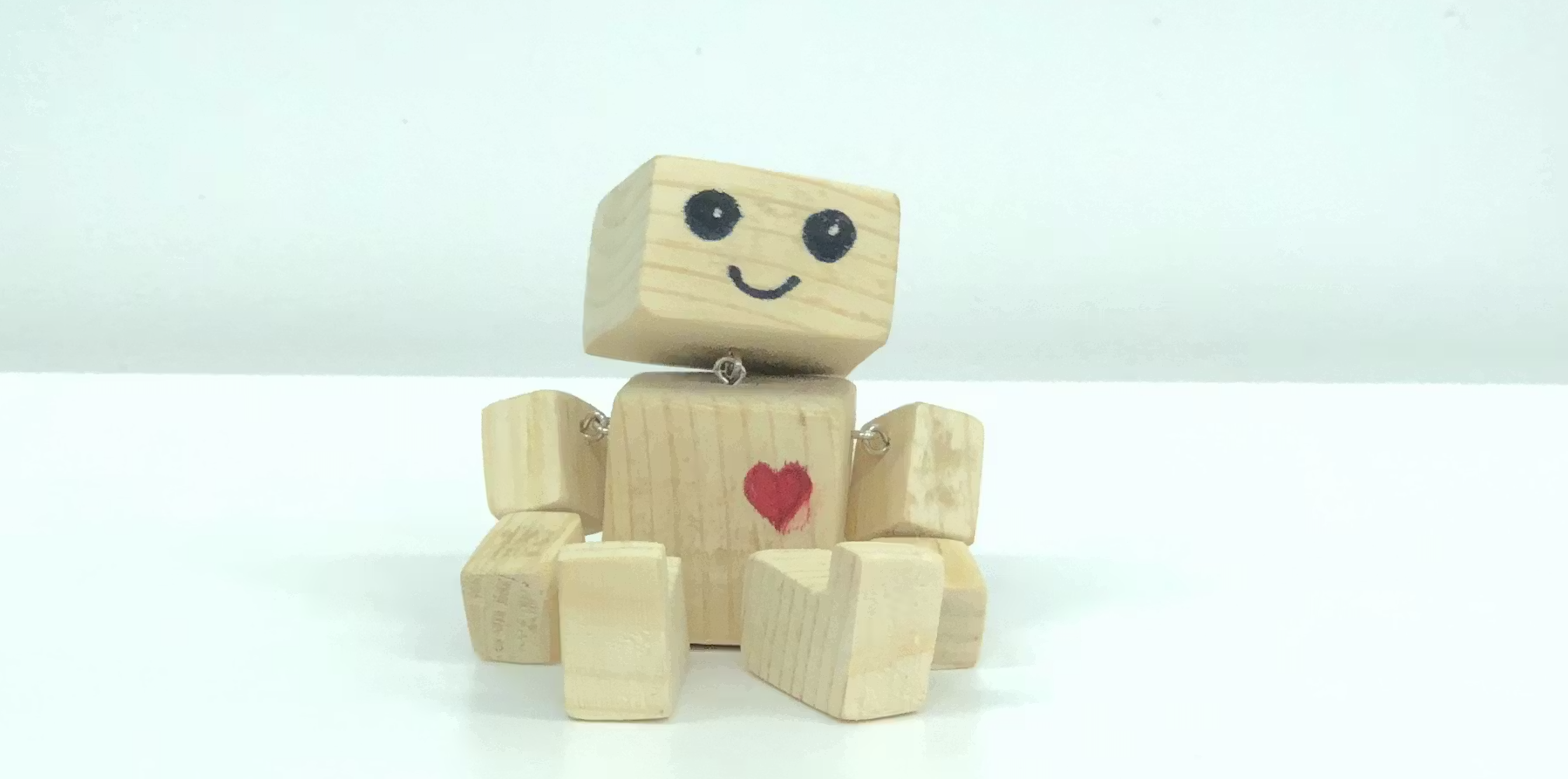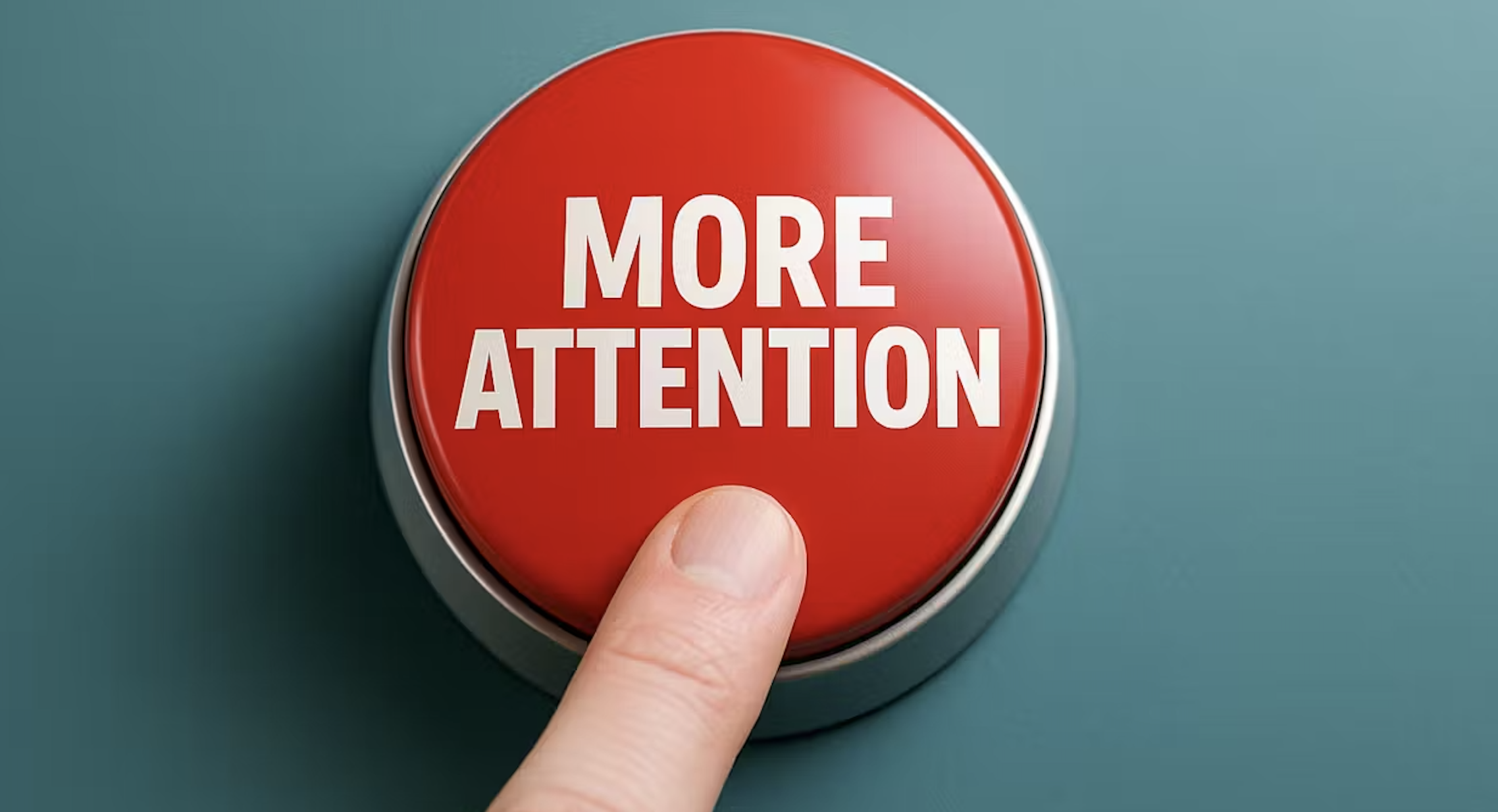How to Run a Successful Customer Journey Workshop
The path to purchase has never been more complex. People have many more inroads to information and multiple options for purchase – not to mention all the rabbit holes they can go down, waylaying the process. Conducting a comprehensive consumer journey workshop (or customer journey, for B2B) can help you better understand this intricate path to purchase. By connecting to consumer emotions, needs, questions and frustrations – in addition to their touch points with your brand – you can truly uncover all the opportunities for your brand to make a bigger impact in the consumer’s life.
So what are the steps to conducting a successful consumer journey workshop?
- Invite the Right People. The specialists in your business, from marketing to sales to innovation, are critical. But a superior consumer journey requires additional layers of consumer knowledge and input. Workshops here at Gravity include our client’s team, their Gravity account team, brand strategists, and specialists from content, SEO, paid media, CRM, analytics, PR and social media. This mass of brainpower coming from so many different points of view ensures a 360-degree perspective of the consumer journey.
- Plan the Appropriate Time and Place. A bright, open room, where people have space to write ideas and a clear view of collective brainstorming notes, is mandatory. Don’t forget food and drinks to keep everyone motivated. People start fading after a few hours, so consider completing your consumer journeys in half-day sessions.
- Decide Which Consumers to Journey in Advance. A consumer journey needs to follow a single target on his or her path to purchase. You can conduct multiple journeys, but they need to be completed one at a time so you stay focused on each persona’s individual path.
- Really Know Your Consumers. The best consumer journeys are those completed with deep understanding of the specific consumer personas involved. The more you know about your consumer, the more developed a journey you can create, and the more it will inform opportunities for consumer empathy and brand engagement. Be sure to send detailed descriptions of target personas as “reading homework” before the session so everyone starts out ahead of the curve.
- Preplan the Consumer Milestones. Before you hold the workshop, you’ll want to create the key time milestones in your brand journey. These are often similar to the purchase funnel and call out key areas where the consumer takes the next step toward purchase. In a recent product journey, we used six key milestones: Trigger, Research, Resolution, Purchase, Usage and Post-usage. Each brand’s path will vary based on what the brand is selling (product or service) and where the consumer mindset pivots throughout the process.
- Don’t Just Journey – Tell a Story. Many consumer journeys simply use marketing vehicles to plot out how the consumer engages with a brand at each stage of the process. A journey of this nature would only show part of the picture. For example, at the initial trigger stage, you’d see that the consumer may find you through paid search or by seeing an ad. While it’s important to understand brand interactions, what’s even more critical is understanding consumers as human beings – to see what actions they take, what questions they have, what emotions they are feeling and what pain points they experience at each stage. By going deeper with the consumer and telling a story about his or her life, even more opportunities will present themselves for you to find brand engagement points.
With these guidelines, your consumer journey workshops should lead you to a deeper understanding of your target audience groups and more meaningful ways to reach them.


